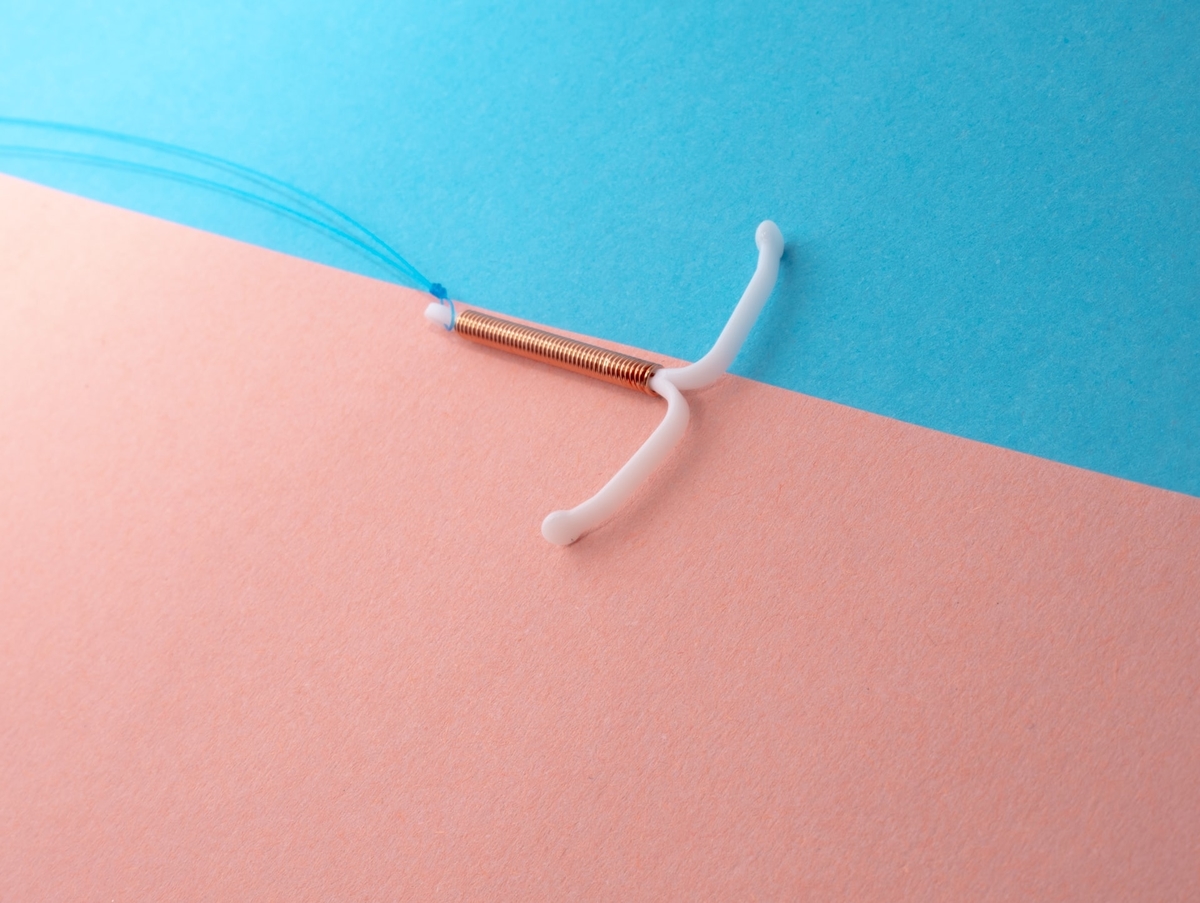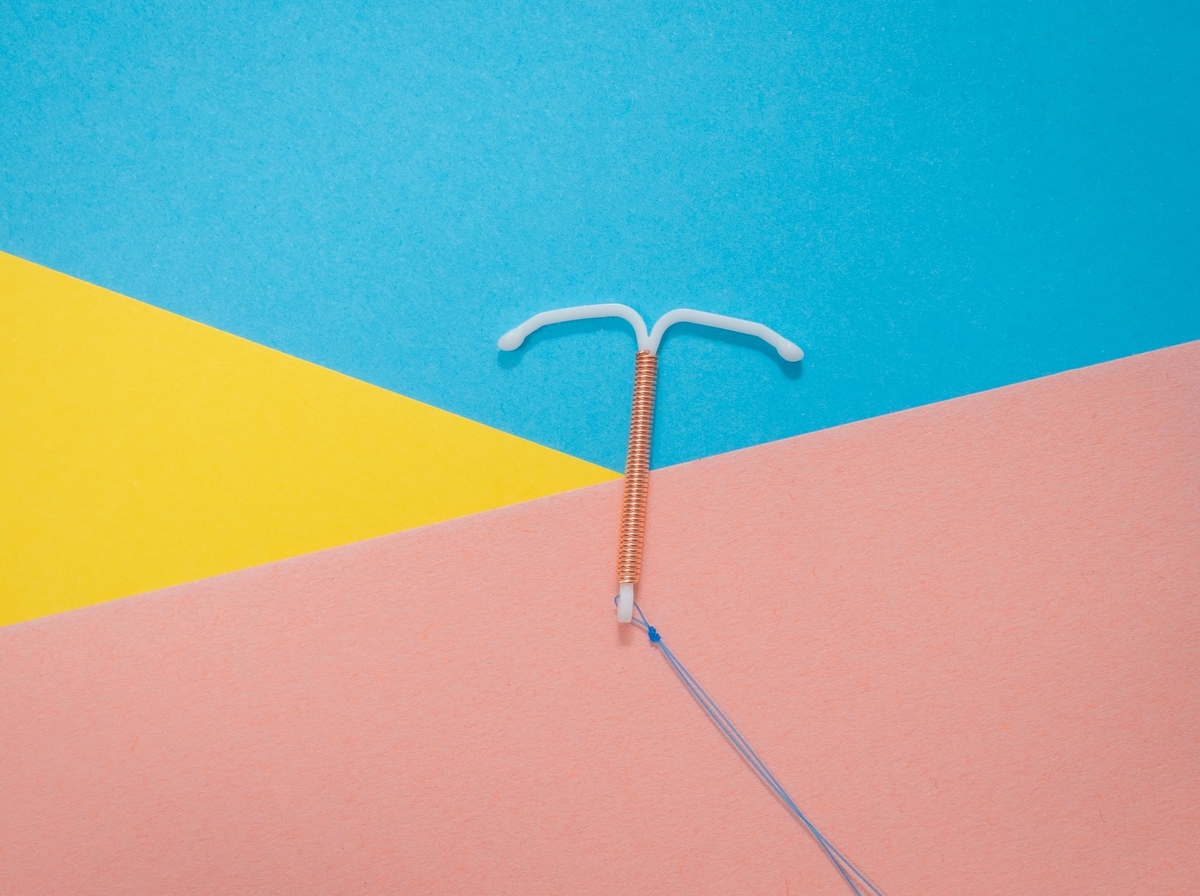An IUD (Intrauterine Device) is a long-term, reversible form of birth control. It is a small T-shaped device that is inserted into your uterus by your doctor. Like any form of birth control, it comes with potential side effects. Like with anything medical-related, consult your doctor before making any decisions, but it does not hurt to do a little research before heading to your doctor’s appointment. If you are considering an IUD or are just curious about what they are all about, here is the lowdown on IUDs and the IUD pros and cons you should consider.
The Lowdown on IUDs
There are two types of IUDs – the hormonal IUD and the copper IUD. Hormonal IUDs release progestin, which can prevent ovulation. This means there is simply no egg for the sperm to fertilize. It also thickens cervical mucus, making it more difficult for sperm to travel to the egg if the body does ovulate. There are a number hormonal IUDs approved for use and available in the United States, and they are effective for different periods of time, ranging from three to seven years.
Copper IUDs on the other hand kill sperm, preventing them from fertilizing an egg. There is only one brand of copper IUD available in the United States and it lasts for up to 12 years. It can be used like a hormonal IUD and prevent pregnancy 12 hours a day every day for as long as you have it inserted.

However, if we are talking about IUD pros and cons the advantageous thing about a copper IUD is that it can also be used as emergency contraception. If you get one inserted within 5 days of having unprotected sex, it is more than 99.9% effective in preventing pregnancy (and can then be left in and used as your primary birth control method for up to 12 years).
Talk to your doctor about which type of IUD is best for you.
We will get to the larger list of IUD pros and cons in a minute, but insertion should be put in the pro column because of its ease and simplicity. IUD insertion is done right in your doctor’s office in a regular exam room. Depending on your doctor, you may be encouraged to take an over the counter pain medicine like ibuprofen before arriving for your appointment.
Although an IUD can be inserted anytime during your menstrual cycle, your doctor may have you call when your next period starts to schedule the appointment. That is because 1) your doctor can be certain you are not pregnant and 2) your cervix is softer and slightly open during this time and makes insertion a little easier.

To insert the IUD, the doctor will put a speculum into your vagina and then use a special inserter that looks like a thin knitting needle to thread the IUD through the opening of your cervix and into your uterus. The small plastic T-shaped IUD device will be left in your uterus with two very thin strings that feel a little like fishing line coming through the opening in your cervix that will be visible to your doctor during pelvic exams. This is how your doctor knows that the IUD is staying in the proper place. The whole process only takes around five minutes.
During insertion, most people experience a pinching feeling and cramping similar to menstrual cramps – think that uncomfortable feeling you get when having a pap smear. It is not terrible, but it is not the most fun five minutes of your life. Women are generally more worried about it hurting than they should be. The anxiety of not knowing what it will feel like and worrying if it will hurt is typically worse than the actual procedure.
After insertion, you will have some spotting and cramping that could last a few days.
IUD Pros and Cons
Making an IUD pros and cons list is pretty easy when you look at all the facts. An IUD is a pretty awesome birth control option that comes with very little maintenance on the part of the user. But like with anything, there are a few down sides and a few potential side effects you should be aware of before you take the plunge and schedule an appointment with your doctor.
The Pros
- Extremely Effective. On the IUD pros and cons list, one of the biggest pros is the fact that IUDs are one of the most effective birth control methods available. IUDs are more than 99% effective, meaning fewer than 1 in 100 people with an IUD will get pregnant each year. They are so effective, in part, because they are fool proof for the user – you cannot make a mistake. There is no forgetting to take it or fear of using it incorrectly.

- Super Convenient. Once in place, you can pretty much forget about it. No trips to the pharmacy. No pills to take. No ring to insert and remove. There is nothing you have to do before you have sex. This is the most no maintenance (but still temporary) form of birth control that you can get. You are protected from pregnancy 24 hours a day until it expires or you have it taken out.
- Easily Reversible. Another thing that has to be mentioned in the list of IUD pros and cons is the ease with which they are reversible. All you need is to have your IUD removed if you are at a place where you are interested in getting pregnant. IUDs can be removed at any time. All you have to do is schedule an appointment with your doctor. It is a quick and pretty painless procedure that is done right in the exam room at your doctor’s office. Plus, they do not affect your fertility or your ability to get pregnant after having one.

- Easier Periods. A lovely little benefit of having an IUD is how much lighter it can make your periods. They are typically lighter than normal and some people stop having a period all together. There is not much to argue with about putting that in the pros column of IUD pros and cons.
The Cons
- Cramping. On the IUD pros and cons list, cramping is not the worst problem, but it is certainly an annoying one. Cramping is most common following IUD insertion and happens in the first three to six months. Usually, any cramping will subside once your body has gotten used to the IUD. However, since menstrual cramping is one of those things that varies between individuals, the same is true for IUD-related cramping. Some people will continue to experience mild to severe cramping monthly while having an IUD. This cramping can be similar to what you experience with a regular period and without an IUD, but can also feel intense, sharp, and severe at times.
- No STD Protection. The big disadvantage on the IUD pros and cons list is that they do not protect you from STDs in any way, shape, or form. That means you need to use another form of protection like condoms when having sex.

- Falling Out. It is possible for an IUD to fall out. Typically, if this is going to happen, it will happen within the first year of having the IUD inserted. When this happens, it often becomes stuck in your cervix, which causes enough pain and discomfort that you will not be able to ignore it.
- Migration. A more rare but possible complication of some IUDs is the possibility of the IUD migrating through the uterine wall into your abdomen. If this happens, it requires surgery to remove the IUD. Does this sound crazy? Yes. Is it possible? Yes. Is it likely? No. But it does happen and is something to be aware of. If you have abnormal periods or experience unusual or severe pain, contact your doctor immediately. The good news is that after the first year, the likelihood that the IUD could migrate through your uterine wall decreases to almost nothing.
IUDs are one of the most effective birth control methods available. Like with anything, there are IUD pros and cons to consider before moving ahead with getting an IUD. The good news is that there are not many severe side effects and an IUD is easily reversible in the event you change your mind or decide you want to get pregnant. To have it removed, you simply schedule an appointment with your doctor and have it removed in the office. Easy enough.
WANT TO READ MORE?
Check out this article on 500,000 Less? Declining Birth Rate in the United States.
💖 NEWSLETTER: DAILY READS IN YOUR INBOX 💖
Sign up to receive our picks for the best things to do, see and buy so you can relax and focus on more important tasks! Let us help you be the best version of yourself you can be!
GET MORE FROM DAILY MOM, PARENTS PORTAL
Newsletter: Sign up for updates
Facebook: @BestProductsClubOfficial
Instagram:@BestProductsClub
📌 LOVE IT? PIN IT!📌

Sources: IUD
Photo Credits: unsplash.com









































